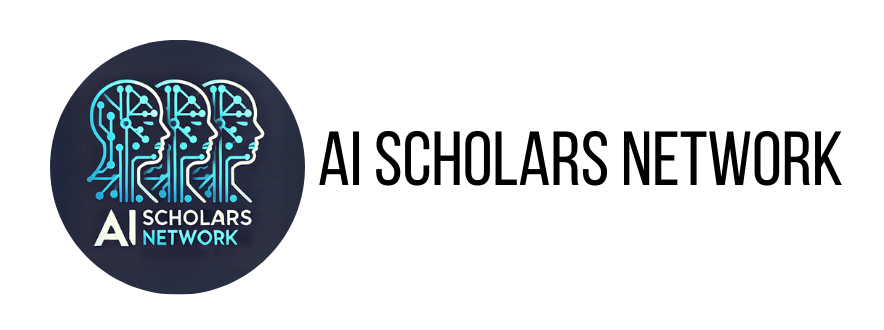Partnering with AI: Transforming Student Writing in the Classroom
May, 2025
Introduction
Artificial Intelligence (AI) is reshaping how students approach writing—not by replacing their voices, but by enhancing their ability to brainstorm, organize, revise, and reflect. When used ethically and with guidance, AI becomes a powerful writing partner that fosters creativity, deepens critical thinking, and builds confidence.
Why AI Matters in Writing Instruction
Writing is a foundational skill across disciplines, and AI tools can help students at every stage of the process. From generating ideas to refining drafts, AI supports learners in developing their writing skills.
- RAND Corporation reports that 25% of K–12 teachers used AI tools for instructional planning or teaching in the 2023–2024 school year, with English Language Arts teachers being nearly twice as likely to use AI tools compared to their counterparts in other subjects.
- OECD’s Digital Education Outlook 2023 emphasizes that writing is among the top skills enhanced by AI tools in digital learning environments, highlighting the potential of AI to support students in developing their writing competencies.
Safe and Age-Appropriate AI Tools for Writing
For educators working with students under 13, it’s crucial to choose AI tools that comply with privacy laws like COPPA. Two notable options are:
- Khanmigo by Khan Academy: Built on GPT-4, Khanmigo offers a student-safe interface designed for learners as young as 8–10 years old. It provides tutoring in writing, math, science, and reading, using Socratic-style prompts to guide rather than answer.
- Taitor by AI Scholars Network: Utilizing GPT-3.5 turbo, Taitor is tailored for K–8 learners with COPPA-compliant data protections. It offers tutoring across various subjects and emphasizes a growth mindset and encouragement over direct answers.
Integrating AI into the Writing Process
AI can be seamlessly integrated into various stages of the writing process:
- Brainstorming: AI tools can help students generate ideas and outlines, providing a starting point for their writing.
- Drafting: Students can use AI to expand on their ideas, ensuring they have sufficient content to work with.
- Revising: AI can assist in identifying areas for improvement, suggesting edits, and enhancing clarity.
- Reflecting: By interacting with AI, students can reflect on their writing choices and understand different perspectives.
ISTE & ASCD provide resources and guides for educators interested in learning about how AI can empower learners at every level, emphasizing the importance of integrating AI responsibly into the classroom.
Ethical Considerations and Digital Citizenship
As students engage with AI tools, it’s essential to instill a strong sense of digital citizenship:
- Academic Integrity: Educators should emphasize the importance of original work and guide students on how to use AI as a tool for learning rather than a shortcut.
- Critical Thinking: Students should be encouraged to critically assess AI-generated content, ensuring it aligns with their understanding and the assignment’s objectives.
- Privacy: Educators must ensure that the AI tools used comply with privacy regulations, safeguarding student data.
Khan Academy underscores the importance of using AI responsibly, providing guidelines to help educators adapt AI for educational settings while prioritizing student safety and learning.
✅ Try This Now: Classroom Ideas for Using AI in Writing
Want to help your students become stronger, more reflective writers with the help of AI? Here are a few simple, age-appropriate ways to begin—no extra training or tech budget required:
- AI Brainstorming Station
Set up a “brainstorm booth” where students can type a writing prompt into a classroom-safe AI tool like Khanmigo or Taitor. Encourage them to ask for idea starters—not full paragraphs.
🧠 Example prompt: “Can you help me think of a few story ideas about a kid who finds something magical in the woods?”
- Peer Editing with AI Coaching
Have students revise a piece of writing using AI as a “second opinion” on clarity or grammar. Compare the AI’s suggestions with feedback from a human peer. Discuss: When should we trust AI, and when should we rely on each other?
- Model Metacognition
Project your screen and think aloud as you use AI to help improve a piece of your own writing. Show students how you decide what to keep, what to change, and when to say, “No thanks, AI—I like mine better.”
- Exit Tickets with a Twist
After a writing session, ask students to write a quick reflection using AI.
💬 Prompt: “What’s something you learned while writing today? Can you explain it to me like I’m in 3rd grade?”
- AI-Ethics Mini Debate
Split the class into two groups. One group argues in favor of using AI to support writing. The other cautions against overuse. Each side can ask the AI for help—but they must fact-check before presenting.
These small, intentional steps help students see AI not as a shortcut, but as a thinking partner—one that builds confidence, not dependence.
Conclusion
AI has the potential to transform student writing by serving as a collaborative partner in the learning process. By selecting appropriate tools, integrating AI thoughtfully into the writing process, and emphasizing ethical use, educators can enhance student engagement and writing proficiency.
